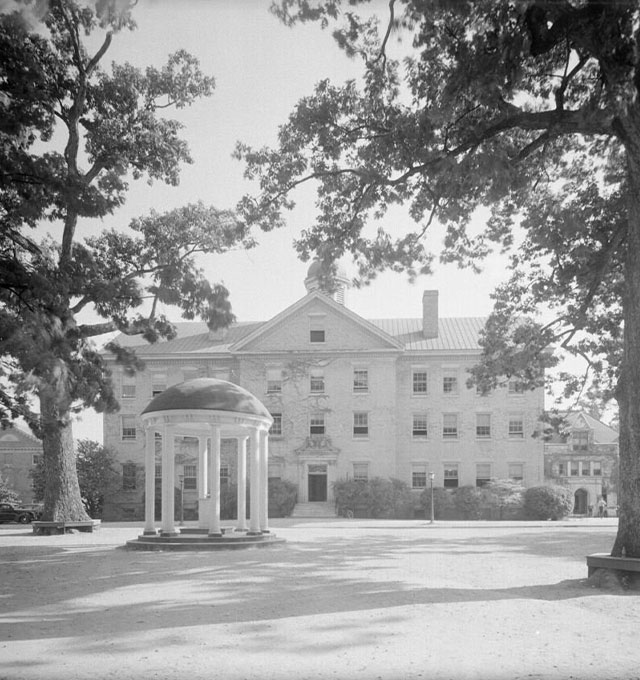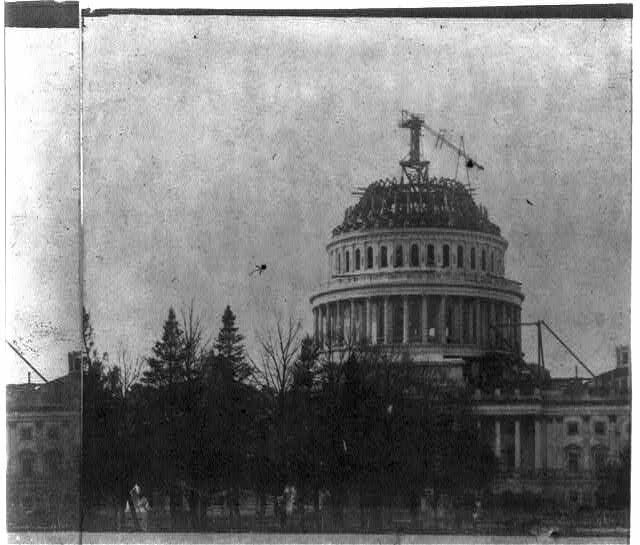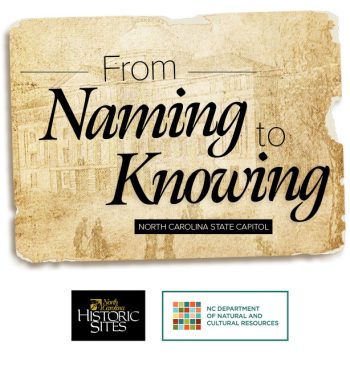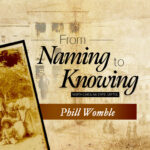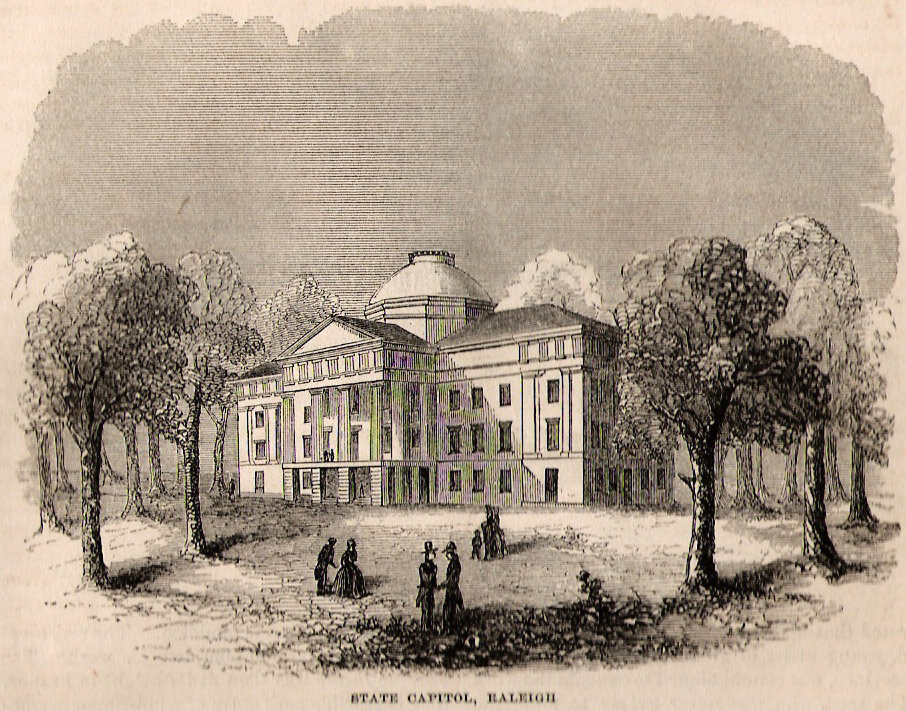
During the first half of the nineteenth century, many construction projects, especially those taking place in the southern United States, utilized the labor of enslaved African Americans. These construction projects included the building of schools, universities, civic structures, and other public buildings. The labor of local enslaved people was often rented to these projects by their enslavers. A list from Curbed shows just a small sampling of some famous American landmarks that were constructed using the labor of enslaved people.
In North Carolina, construction sponsored by the state utilized the labor of enslaved people. Chartered in 1789, individuals working for the University of North Carolina erected several campus buildings during the 1820s. Records show that the project’s contractors and sub-contractors either engaged people they themselves enslaved on the project or “hired-out” enslaved people from nearby enslavers.
The “hiring out” system was common and referred to a system in which a hirer would temporarily lease an enslaved person from their enslaver.
The enslaver would usually receive payment for the hired-out work of their enslaved person. In some instances, enslavers empowered enslaved people, especially craftsmen and artisans, to hire out their own time – meaning, an enslaved person might get to keep some or all of the money they generated. With construction projects, enslaved people might get to keep some money their labor made or they might be forced to turn all earnings over to their enslaver.
The hiring-out system made labor easily available for short-term projects like construction. Numerous records have shown enslaved people participating in the construction of campus buildings, especially Old East, Old West, the Old Chapel (Person Hall), the New Chapel (Gerrard Hall) and subsequent additions to these buildings.
Notably, the White House and U.S. Capitol were also constructed using the labor of enslaved men. The White House Historical Association notes that “Stonemason Collen Williamson trained enslaved people on the spot at the government’s quarry at Aquia, Virginia. Enslaved people quarried and cut the rough stone that was later dressed and laid by Scottish masons to erect the walls of the President’s House.” The construction of the White House was comparable to that of the NC State Capitol: a large, public structure where locally-quarried stone was used and White stone masons were present.
Enslaved people constructed the United States Capitol over thirty years, from 1793 to 1826. Though we are unlikely to ever know the extent to which enslaved people were involved in this project, records for 385 payments made between 1795 and 1801 state that payment was made for “Negro hire” on the project, a common phrase likely indicating enslaved people.
References:
- Census Of The United States, 1830-50, Record Group: Records of the Bureau of the Census, The National Archive, Washington, D.C.
- “Did Enslaved People Build the White House?” White House Historical Association.
- Report of the commissioners appointed to superintend the re-building of the State Capitol. Philo White, Printer to the State, Legislature of North Carolina, 1834. Accessed in the Raleigh History Collection, State Archives of North Carolina.
- Sisson, Patrick. “Famous U.S. Buildings and Landmarks Built with Slave Labor.” Curbed.com.
- Slavery and the Making of the University, a virtual exhibit from the University of North Carolina at Chapel Hill.
- State Capitol Construction Records, Treasurer’s and Comptroller’s Papers. State Archives of North Carolina.
- Wood, John. “Construction of the U.S. Capitol Dome.” Found in Library of Congress.
